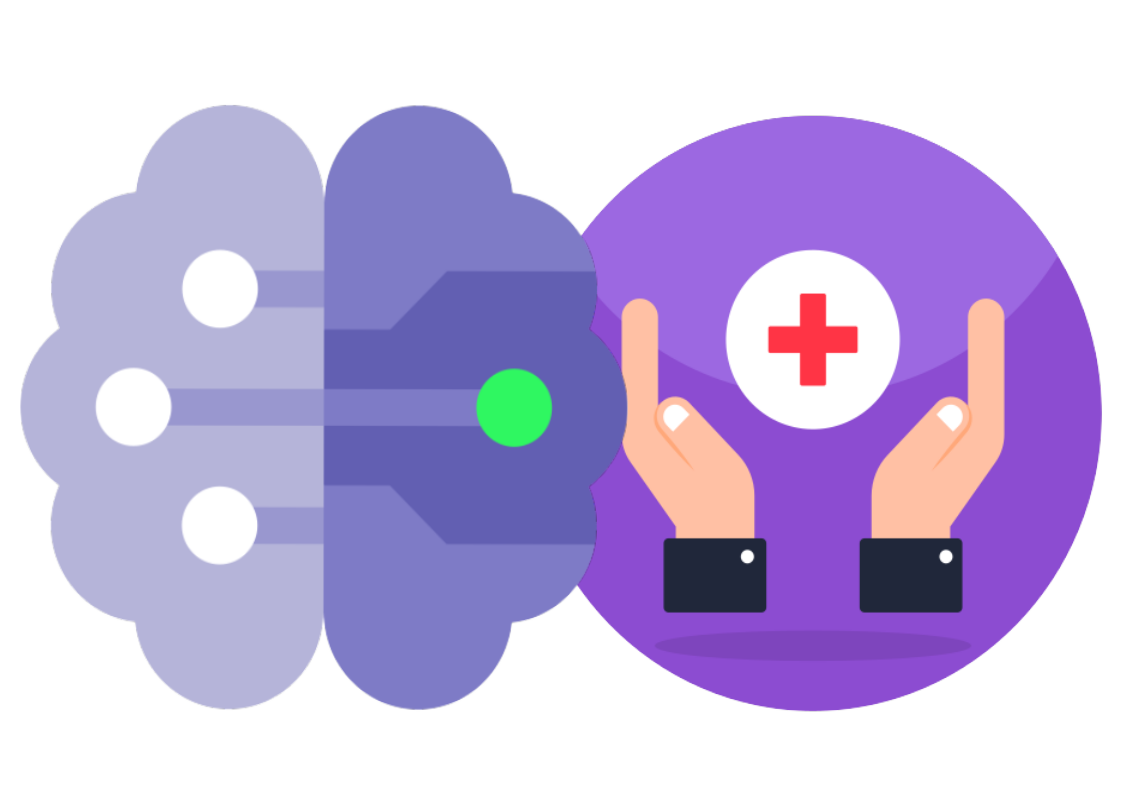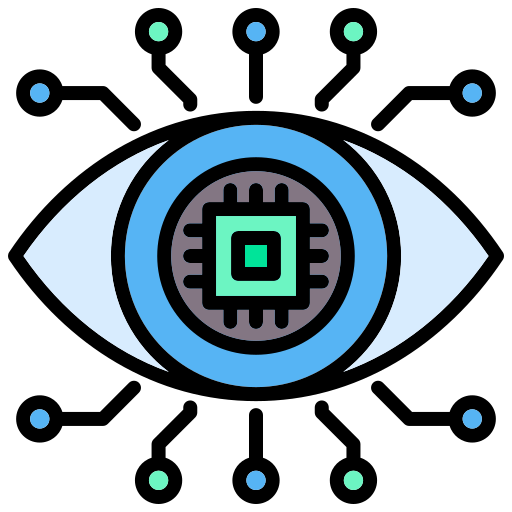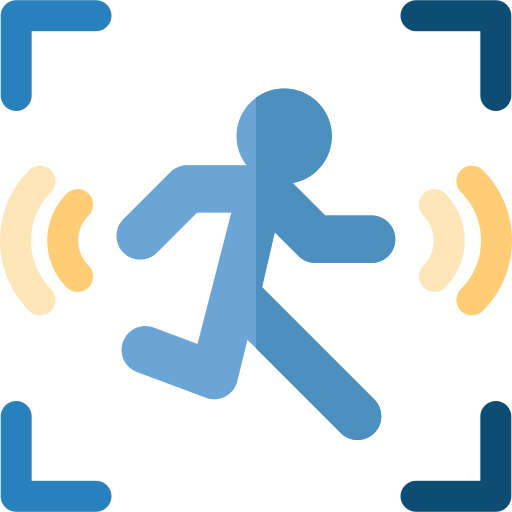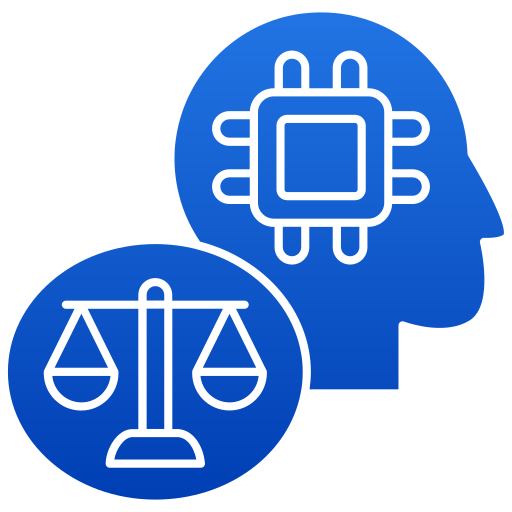Research
My research is centered around advancing deep learning, computer vision, and healthcare, with the goal of exploring both foundational developments and transformative applications. I am particularly interested in how these technologies can be applied to solve some of the most pressing challenges in healthcare, human-computer interaction, and beyond.
AI in Healthcare

Healthcare presents one of the most impactful applications of deep learning, and my research in Biomedical AI aims to push the boundaries of what’s possible in medical diagnostics and treatment planning. I am focused on developing models that can analyze medical images and signals, providing non-invasive solutions for early diagnosis and personalized care.
For example, I’ve worked on deep learning models to reconstruct fetal ECG signals from non-invasive abdominal recordings and to segment vertebrae and discs from lumbar MR images. In the future, I want to explore how self-supervised learning and domain adaptation can be used to further enhance the accuracy and generalizability of medical AI systems across diverse populations. I’m also deeply interested in exploring how multimodal learning—integrating image, signal, and clinical data—can create more holistic and precise medical models.
Computer Vision

Computer vision has the power to transform how machines perceive and interpret the world, and my research focuses on developing more adaptable and intelligent vision and vision-language systems systems. I’m particularly drawn to the challenge of making vision models more robust, scalable, and capable of working across varying environments.
From object detection to complex scene understanding, I see immense potential in areas like autonomous systems and remote sensing. In the near future, I aim to explore how we can leverage neural radiance fields (NeRFs) and transformer-based architectures to achieve breakthroughs in high-fidelity visual reconstruction and real-time object tracking.
Multimodal Sensing

Beyond visual data, I believe the future of intelligent systems lies in multimodal sensing, where diverse data sources such as Wi-Fi signals, IMU sensors, and acoustic data are combined to create richer and more accurate models of human behavior and activity. My past work on Wi-Fi-based human activity recognition and packaging activity recognition explored how ambient signals can be used to recognize human activities without relying on wearable sensors.
In the future, I want to extend this work to sensor fusion, developing models that can seamlessly integrate data from various sources, such as cameras, microphones, and environmental sensors, to provide a more comprehensive understanding of context. This has significant applications in areas like smart environments, health monitoring, and assistive technologies, where understanding human behavior is key to improving quality of life.
Ethics and Fairness in AI

As AI systems become more integrated into our daily lives, ensuring their fairness and ethical deployment is crucial. I am committed to addressing the biases that can arise in AI models, particularly in domains like healthcare and social systems, where biased outcomes can have serious consequences. My ongoing work focuses on applying fairness-aware algorithms to real-world datasets, ensuring that AI systems perform well across diverse demographic groups.
Looking forward, I’m excited to explore algorithmic transparency, fair model evaluation, and the development of datasets that are more representative of various populations. By doing so, I aim to contribute to the creation of AI systems that are not only powerful but also just and equitable.
Future Research Directions
My vision for the future is to continue developing AI technologies that can operate in complex, real-world environments. Some key questions I aim to address include:
- How can we make deep learning models more
explainableandtransparent, particularly in high-stakes domains likehealthcare? - What are the implications of AI in decision-making, and how can we build systems that are both
efficientandethically responsible? - How can we expand multimodal learning to integrate even more diverse sources of information, leading to richer and more
context-aware intelligent systems?